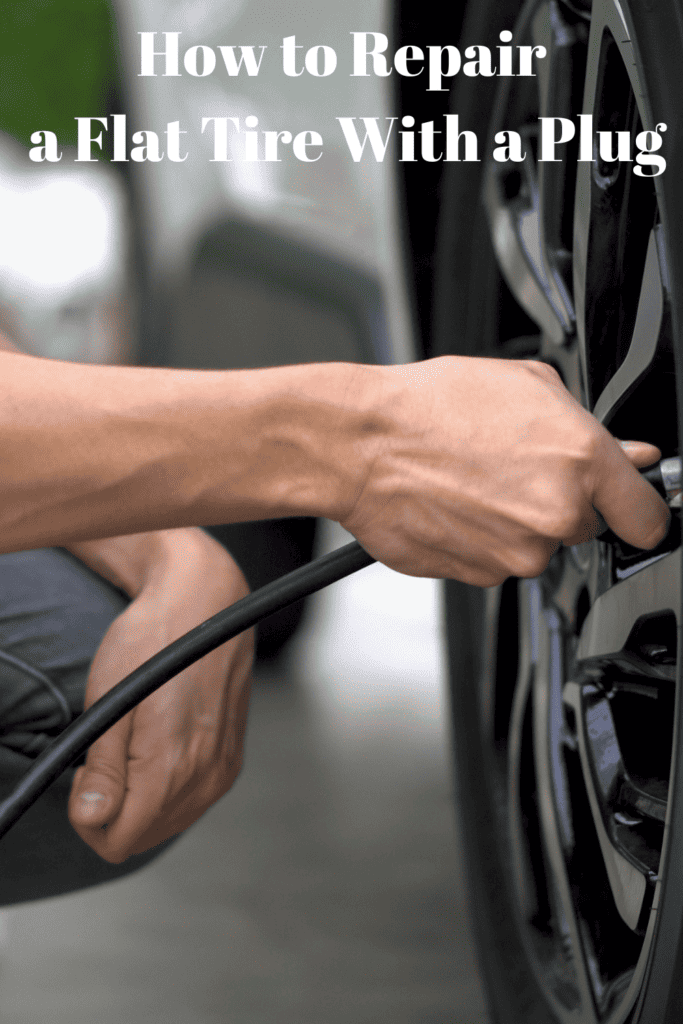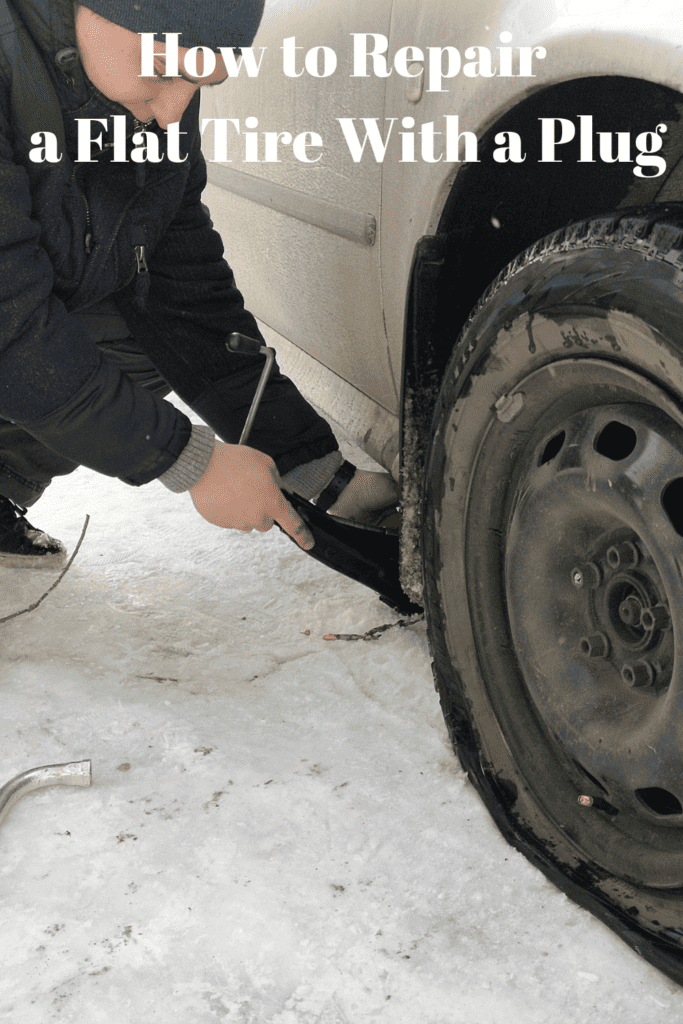
How to Repair a Flat Tire With a Plug
Plugs are temporary fixes that use rubber strips to plug holes in a punctured tire to stop air from escaping and seal off punctures, saving both time and money in repairs. While plugs might only provide temporary relief, their ease of application makes them an economical solution that saves both time and money.

Before inserting a plug, the punctured area must first be prepared by using a reamer to clean out the hole, followed by scuffing to increase adhesion of patch or plugs.
DIY
If your flat tire has a puncture hole, there are two basic ways to repair it: patching or plugging. While both methods work effectively, plugs may be less costly and simpler.
First, remove any object that punctured your tire, typically a nail or screw but any sharp item will do – usually nails and screws but sometimes nails, screws and any sharp object can puncture rubber tires. Next, scuff inside of hole with rasp tool (available at brick-and-mortar stores) so plug will adhere better before covering with rubber cement (typically included with tire plug kits) to secure plug.
After installing your plug using the tire plug kit’s insertion tool, trim its stem to be flush with the tire. Next, apply rubber patch sealant to ensure watertight repair that won’t let air pass through and also give your tire a fresh appearance. Finally, drive your car safely before reapplying your tire plug!
Tips
Before attempting to repair your flat tire using a plug, there are a few things you should keep in mind. First and foremost is making sure that all necessary tools and supplies are gathered together either in the trunk of your car or safely tucked away behind it – better safe than sorry! Being prepared means less waiting around on the side of the road for tow trucks or tire shops!

Prepare your plug by laying it out and measuring its dimensions against the hole to ensure a snug fit. Next, coat all surfaces of it with rubber patch sealant from your kit before inserting it using an insertion tool.
Once the plug has been inserted, spray or pour soapy water over the repaired area to check for leaks. If all is in order, cut any extra plug out with a razor blade or sharp pocket knife before inflating and filling your tire. You should now be back on your journey!
Tricks
Numerous items can puncture a tire, from nails and screws to pieces of broken glass. Knowing how to plug up a flat tire is beneficial so that you can extend its life rather than having to replace it all at once.
Begin by locating the puncture hole. You can do this visually or by pouring soapy water onto the tire and waiting for bubbles to appear; listening for hissing noises might also indicate air leakage from within it.
Once you’ve located the puncture, use a reamer from your tire plugging kit to clear out and widen out the hole before inserting a plug into it – always ensure at least some portion of it remains inside your tire!
Smudge some rubber cement on the end of your plugging kit’s insertion tool to lubricate it and help pierce punctures more efficiently. Insert it into the puncture, and quickly pull out in one smooth motion to install your plug.
Warnings
Be mindful that plugs are only suitable for certain situations and that their presence allows air and moisture into the tire’s interior, leading to degradation over time.

Patch-plug repairs are generally recommended, which involve taking steps such as taking away the punctured tire from its rim and inspecting its interior for leaks. While this method may be safer and more permanent than plug-only fixes, improper repair attempts could still result in leakage issues.
